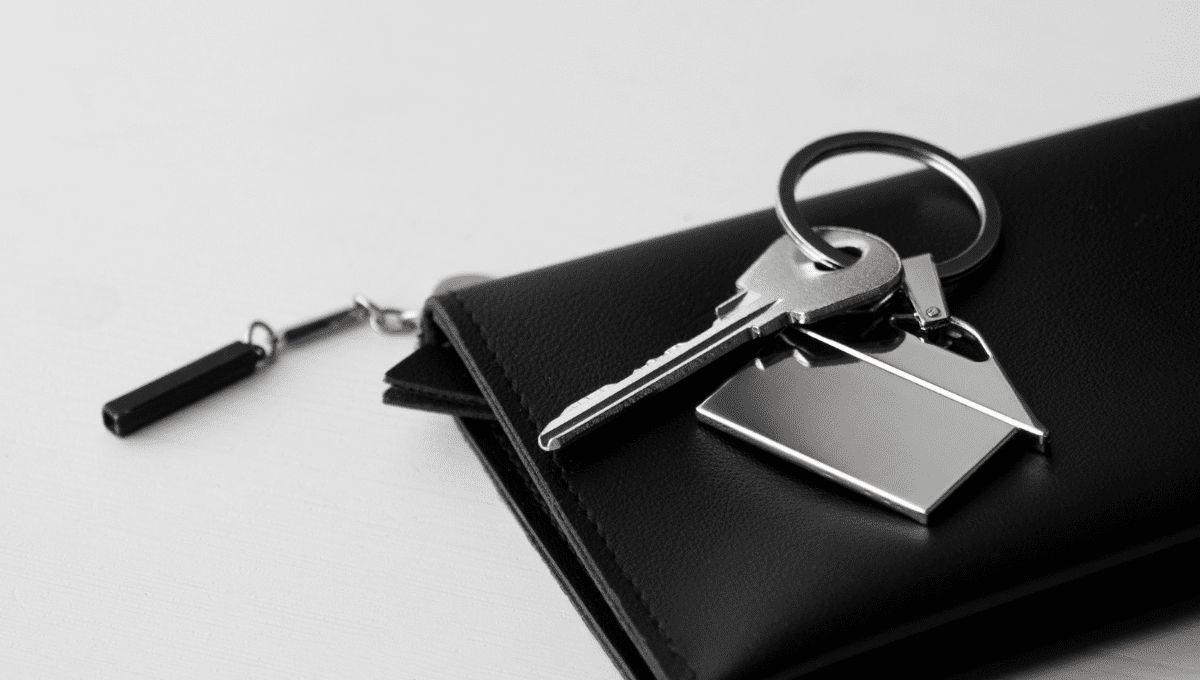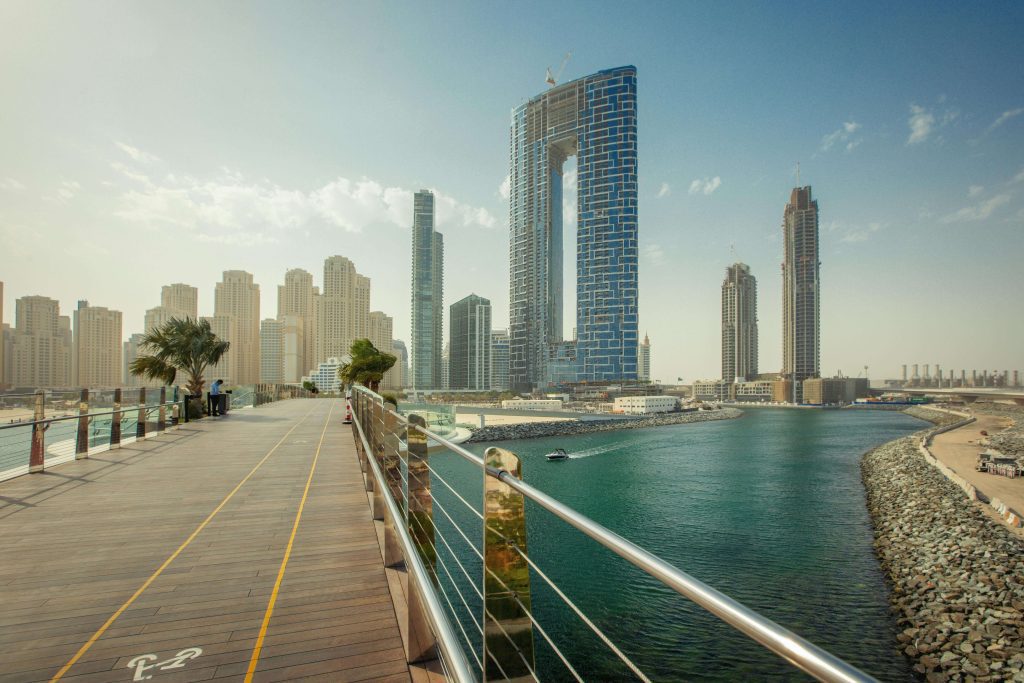
Like every other business, real estate transactions have their own set of rules and regulations that must be followed to ensure a seamless and legal purchase. When it comes to off-plan properties, there are certain additional steps that need to be taken in order to safeguard your investment. Therefore, the whole process requires a lot of deliberation and investigation.
Investing in off-plan property is followed by just one obvious selling statement: you are buying a property that does not exist yet. You need to have a certain level of trust for the developer as you will be investing your money in their project with an expected return on investment (ROI) only after the completion of the construction. In off-plan transactions, there is no third-party guarantee like in the case of ready properties, so an escrow account is set up by the developer to ensure the buyers that their money is protected and will only be released when the project is completed as per the agreed schedule.
Since the investor acquires the property either earlier or during the duration of the construction stage, so at times it is depicted as a dangerous way of investment option. Having said that, buying property in Dubai, especially the off-plan ones have always been fruitful and advantageous in the long term. Not only does it offer a great ROI, but it is also an inflation-proof investment.
In order to make a sound decision, you must do your homework and study various aspects of the off-plan market in Dubai before you choose to invest. This includes:
- Analyzing the long-term market trends
- Assessing the risks involved
- Doing a background check on the developer
- Calculating the estimated ROI
- Selecting the right location
This article sheds light on all the legal steps that you should be aware of while planning to buy an off-plan property.
Required Documents
The developer and Dubai Land Department require the following documents for registration:
- Passport and visa copy of the buyer
- Emirates ID copy of the buyer
- No Objection Certificate from employer (NOC)
- title deed
- sales contract
- mortgage contract (if applicable)
- occupancy certificate
- utility connection (electricity and water)
- insurance policy
- Reservation Form
Once you have provided the developers with the required documents, they will give you a reservation form. This form is used to reserve the unit that you wish to purchase. It should include all the relevant details such as the project name, unit type, number of units, price, and payment plan.
- Choose the Developer
The first and foremost step is to select the right developer. It is important to check their track record, financial stability, and previous projects to get an idea of their work quality and delivery timeframes. You can also read online reviews and testimonials to see what other buyers have to say about their experience.
- Sales Contract
Once you have finalized the developer, the next step is to read and understand the sales contract. Make sure that all the terms and conditions are clearly stated and you have a complete understanding of your rights and responsibilities. The contract should also include detailed information about the project such as the expected completion date, handover date, number of units, type of units, and payment plan.
- Opening an account
After the contract is signed, the next step is to open an escrow account. This is a special bank account where your money will be transferred and held until the project is completed and handed over to you. The funds in this account are only released to the developer according to a pre-agreed schedule of milestones.
- Transferring Funds
The next step is to transfer the funds to the escrow account. You can do this through a wire transfer or by using your credit card. Once the funds have been transferred, you will need to provide the developer with a copy of the receipt.
- Applying Mortgage
Once the construction is completed, you will need to apply for a mortgage. If you are taking out a loan to finance your purchase, you will need to provide the lender with all the necessary documents such as your passport, visa, and bank statements.
After the mortgage is approved, you will need to sign the final contract and pay the balance of the purchase price. Once the contract is signed, the title deed will be transferred to your name and you will become the owner of the property.
You will then need to obtain an occupancy certificate. This is a document that proves that the property is fit for human habitation and meets all the safety standards.
You will then need to register the property with the Dubai Land Department. This is a legal requirement and must be done within 60 days of the property being handed over to you.
Once the property is registered, you will need to obtain a utility connection. You can do this by contacting the relevant utility provider and providing them with your registration number.
Inspection & Handover
Once you settled the mandatory fees, the final step is to schedule a pre-delivery inspection (PDI). This is an important step as it allows you to check the quality of the property and make sure that it has been built according to the specifications in the sales contract.
The PDI should be scheduled at least 7 days before the handover date. On the day of the handover, you will need to sign the handover certificate. This is a legal document that transfers ownership of the property from the developer to you.
Lastly, you will need to insure the property. This is to protect your investment in case of any unforeseen events such as fire, floods, or accidents.
Buying an off-plan property can be a great investment decision if you do your due diligence and choose the right developer. Follow the steps mentioned above to ensure a smooth and hassle-free experience. For any additional information, you can contact Azco Real Estate anytime.












